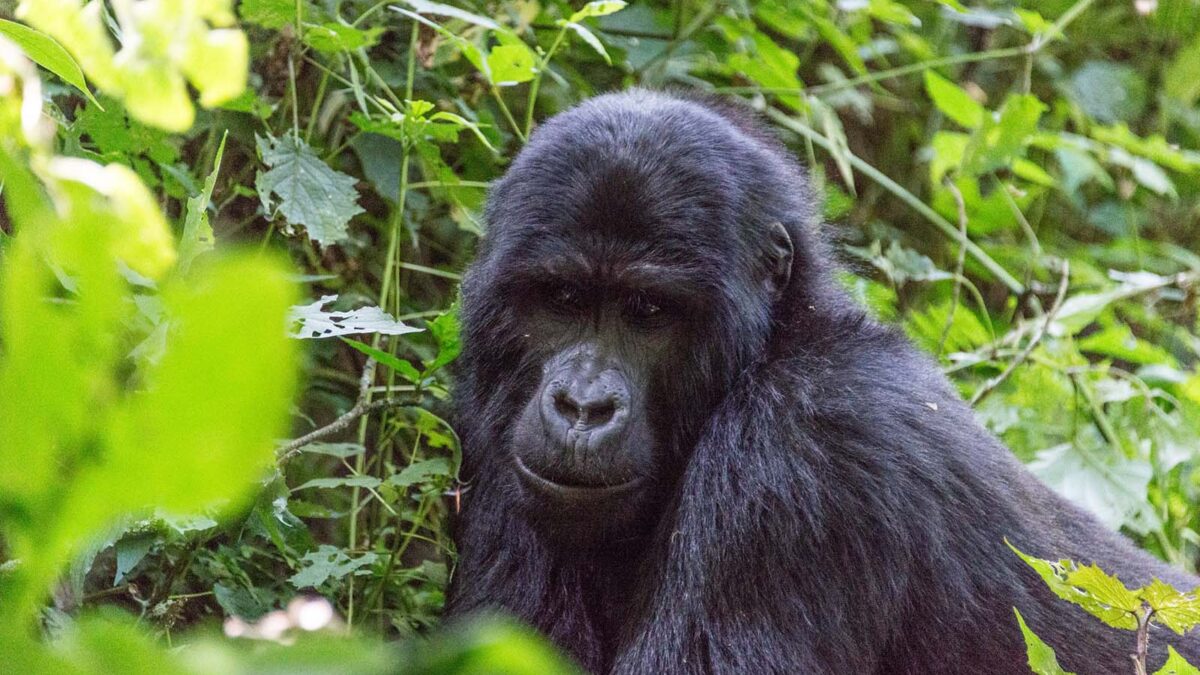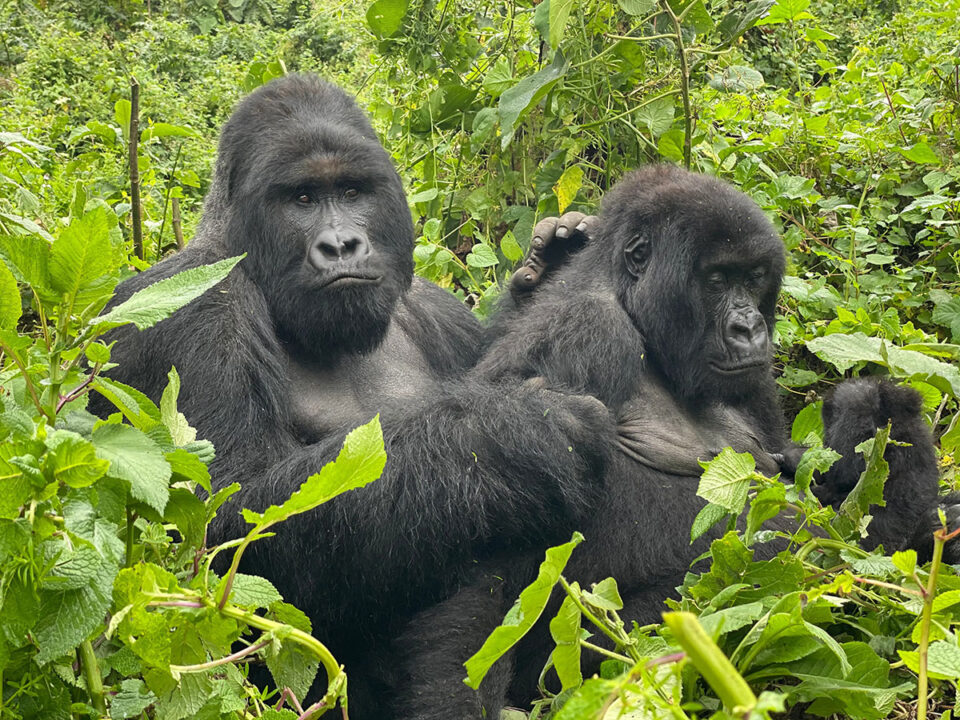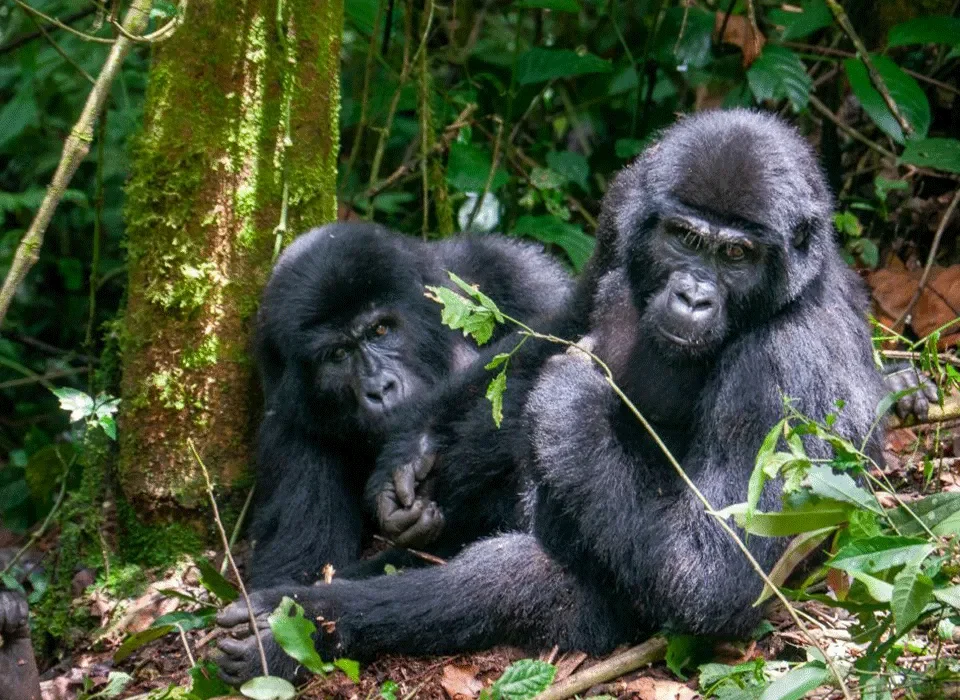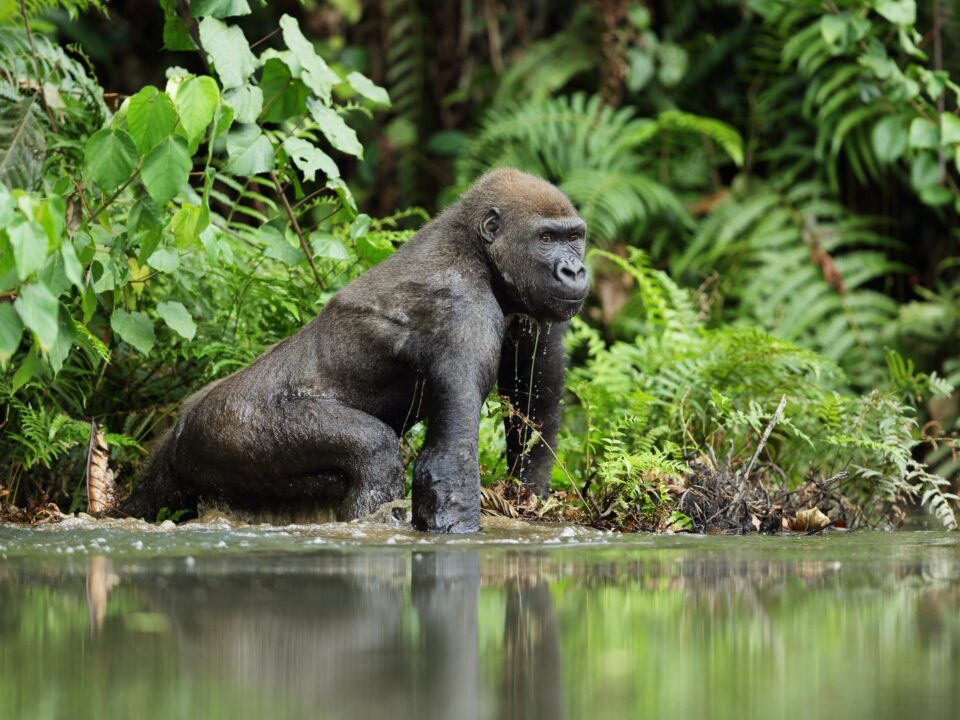Best Time for Gorilla Trekking in Uganda

Chimpanzee Close Up at Entebbe UWEC Zoo
September 4, 2023
Nature Walks and Hiking in Semuliki National park
September 4, 2023Discover the Ideal Time for Gorilla Trekking in Uganda – Uganda Gorilla Safaris
Uganda’s unique topography offers a cooler climate than its equatorial location might suggest. If you’re planning an unforgettable gorilla trek, it’s crucial to determine the best time to visit Uganda for the most favorable trekking conditions. While gorilla trekking is a year-round activity, the prime time for this remarkable adventure is during Uganda’s two dry seasons: from January to February and between June and September.
For those seeking game viewing in Uganda’s savannah parks, the end of the dry seasons is the optimal time – specifically in February and March, as well as September and early October. During these periods, wildlife congregates around water sources, providing excellent opportunities for observing the abundant fauna. Bird enthusiasts will find Uganda a year-round delight, with peak bird watching occurring between November and April when migrant species grace the country. However, we would advise against planning a Uganda safari during the heavy rains of April and May.
Understanding Uganda’s Temperature and Weather
Uganda maintains an average temperature of around 21.5°C (71°F), with nighttime temperatures dropping to approximately 54°F. These variations in temperature are influenced by the country’s altitude. Uganda typically receives an annual rainfall ranging from 1000 to 2000mm. However, clear skies are a consistent feature throughout the year, making it an excellent destination for safari vacations. These climate nuances have led to shifting weather patterns, making it somewhat challenging to predict tourism seasons. For more detailed information on gorilla trekking weather in Uganda and Rwanda, feel free to explore further.
Many tourists opt to visit Uganda between May and September and from February onwards. During these months, rainfall is minimal, and sunshine graces most of the destinations, creating ideal conditions for exploration. December stands out as one of the busiest months, especially in national parks. To ensure a seamless trip, it’s advisable to book accommodations well in advance, as Christmas vacations attract a surge of travelers to the national parks.
Visiting during the low season is a viable option for many tourists, as it translates to more affordable accommodations designed to entice travelers despite the rainy weather. A low season trip also means fewer crowds, allowing you to relish the jungles in relative solitude. February and September emerge as favorable months for a safari vacation in Uganda, characterized by fewer tourists and more readily available lodging compared to the peak season.
While the rainy season does impact travel, it doesn’t bring it to a halt. This season is a blend of rain and sunshine, where the sun often emerges shortly after a downpour. Most safari activities can proceed without disruption. Remarkably, mountain gorilla trekking and chimpanzee trekking continue uninterrupted even during the rainy season, with national parks operating at full capacity.
During the low season, spanning from March to May and October to November, numerous lodges and accommodations lower their rates to attract more tourists. This presents an advantage for travelers as gorilla permits are also reduced to entice more visitors to experience Uganda’s natural wonders.
Furthermore, Uganda’s raised topography contributes to its cooler climate. If you’re planning a gorilla trek, prioritize the easiest trekking conditions. Despite the reduced rates in the low season, the optimal time for gorilla trekking is during the two dry seasons: from January to February and between June and September.




